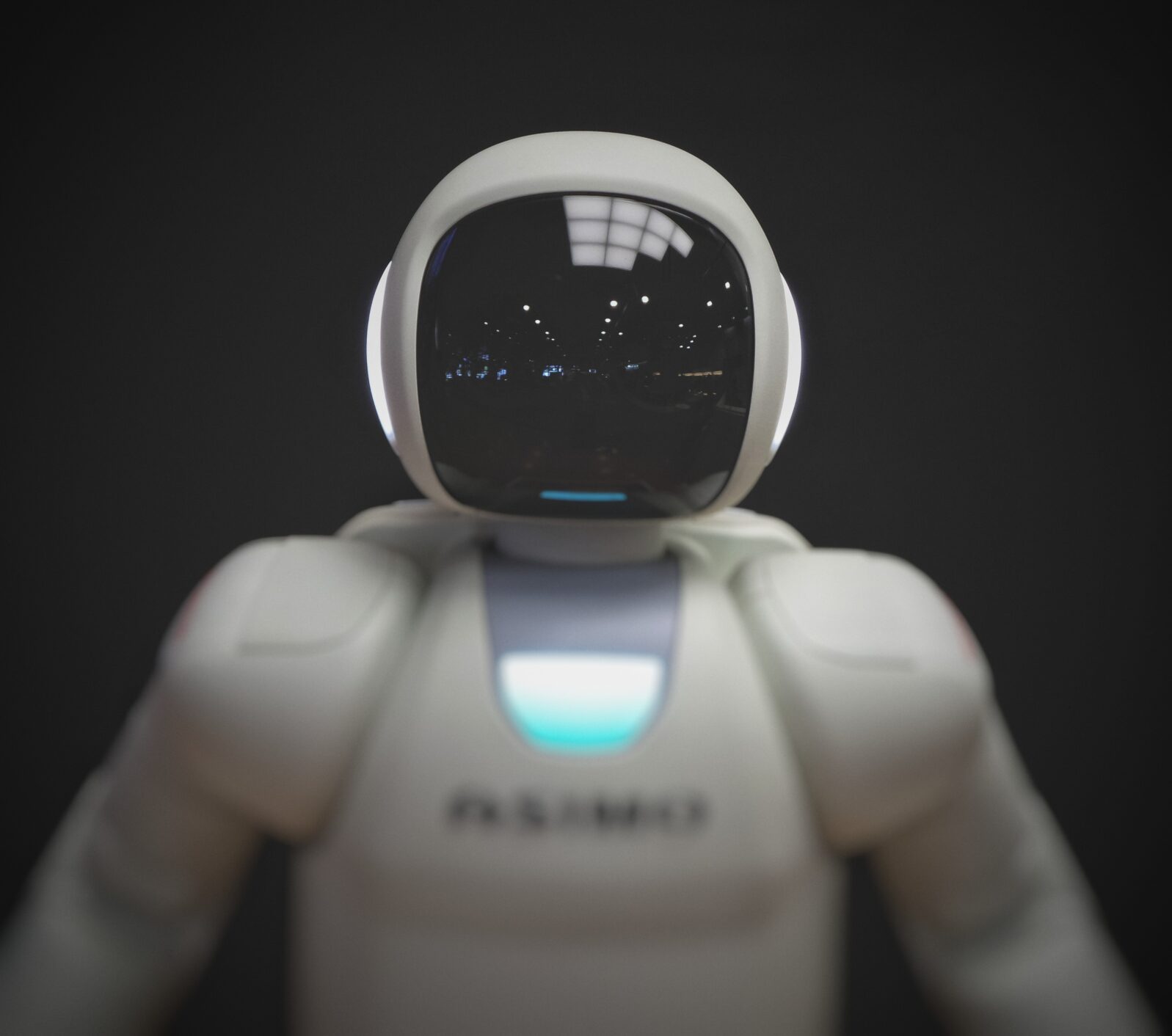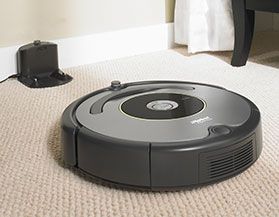I, Robot, am gathering dust in the sales room …
Why do robotics experts think that customers will warm to robots because they look like people? At the International Conference on Intelligent Robots last week in Madrid, we were told to expect robots to become more human-looking:
At the International Conference on Intelligent Robots last week in Madrid, we were told to expect robots to become more human-looking:
A source of controversy due in part to fears for human employment, the presence of robots in our daily lives is nevertheless inevitable, engineers at the conference said.
The trick to making them more palatable, they added, is to make them look and act more human so that we accept them into our lives more easily…
Actually, the underlying assumption here is surely incorrect. Robots like the Roomba succeed in part because they don’t look or act like people, let alone threaten people. They just do jobs people would prefer not to do or maybe can’t.
It’s not even clear that housework robots would necessarily threaten anyone’s job. They might enable a home caregiver to take the client out for some fresh air instead of spending all the allotted time cleaning up.
Looking like a human being might also create problems. For example, we are told:
Welcoming robots into households or workplaces involves developing “multipurpose machines that are capable of interacting” with humans without being dangerous, said Philippe Soueres, head of the robotics department at a laboratory belonging to France’s CNRS scientific institute.
As such, robots must move around “in a supple way” despite their rigid mechanics and stop what they are doing in case of any unforeseen event, he added.
That’s why people are choosing “modular systems shaped like human bodies” which are meant to easily fit into real-world environments built for humans. AFP, “Increasingly human-like robots spark fascination and fear” at France24
But will the most efficient way to construct a robot to fit into real-world human environments really be to make it look more like a human? That would make the robot a competitor for (often scarce) space.
By contrast, making it easy to snap apart for compact storage, possibly even modular storage, would make more sense. More customers want to hear about “lightweight, easy, compact storage” than “looks and sounds just like the guy in that film” (and takes up as much space, too).
Highly tech-driven industries are prone to assuming that the customer wants what the technician wants to build. The buzz around the driverless car, for example, sometimes sounds as if most drivers would just love to leave the driving to someone else. If the buzz boys think so, they are kidding themselves. They are mistaking general interest in their amazing feats for serious commitment to a significant cultural change. Well, the market will decide and we shall see.
Hat tip: Michael Walsh
See also: Can a stuffed toy turn into a robot? Maybe to amuse a sick child? With the right skin, yes.

